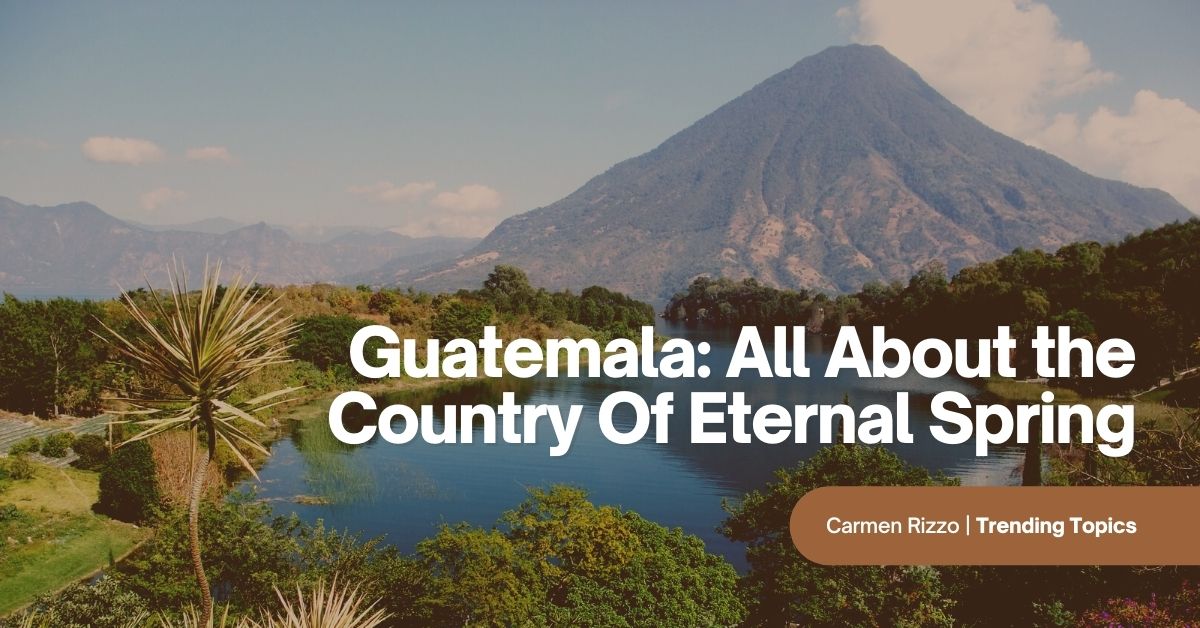
Guatemala: All About the Country Of Eternal Spring
Guatemala is known as el país de la eterna primavera (the country of the eternal spring). This amazing country is a spectacular destination for travelers!
Guatemala is part of Central America, bordering Mexico to the north and west, Belize and the Caribbean to the northeast, Honduras to the east, El Salvador to the southeast, and the Pacific Ocean to the south.
If you’re thinking of coming for a vacation, or are just interested in this charming nation, this blog post is for you! Let’s learn about the key information to know before visiting, as well as what to do and where to go while being here.
Basic Facts about Guatemala
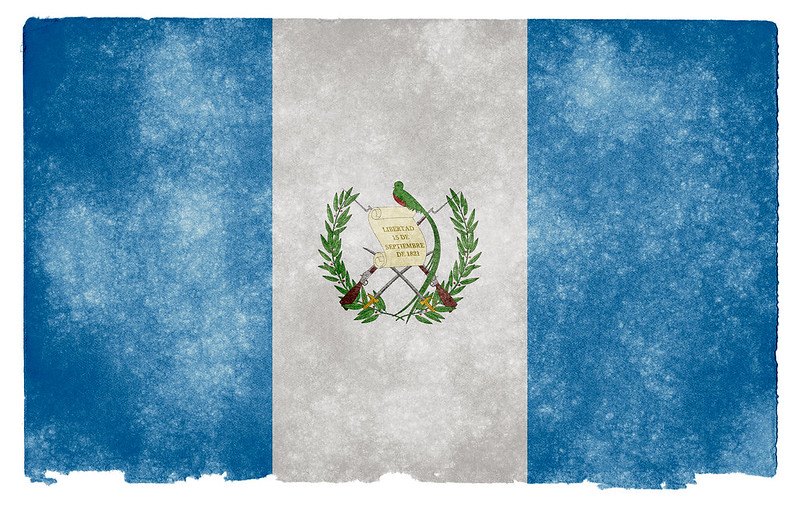
Guatemala is almost the same size as the state of Tennessee. Its population of 14.9 million people makes it the 11th most populous country in the Americas. The demonym for Guatemala is Guatemaltecos, or Chapínes.
Guatemala is una sociedad multiétnica, multilingüe y pluricultural (multiethnic, multilingual and pluricultural society). After Ladinos, the Maya ethnic group is the second largest in the country. The indigenous Mayan community in Guatemala encompasses 24 groups.
Guatemala has 25 recognized languages, and 22 of those are Mayan languages, such as K’iche, Mam, and Kaqchikel. At least 88% of Guatemalans consider themselves Christian (Roman Catholic, Protestan,t or other Christian religions), 11% express no religion, and 1% identify as other.
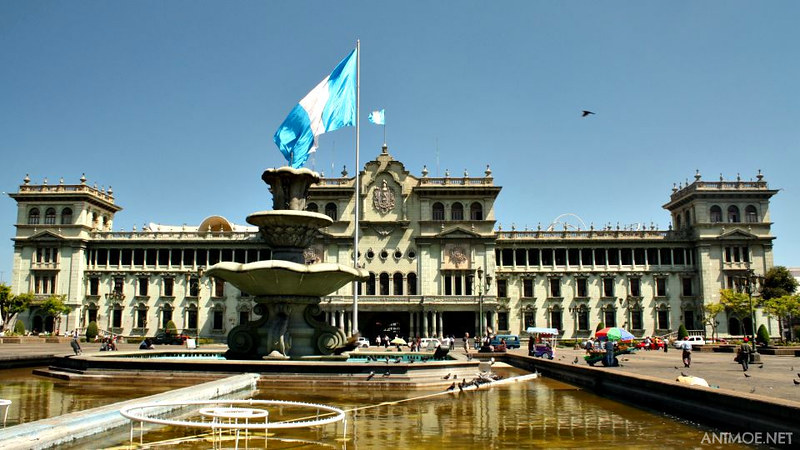
The government of Guatemala is a unitary presidential republic with 17 political parties.
The official Guatemalan currency is el quetzal, also known as GTQ. The exchange rate is approximately Q7.73 to $1 USD. Guatemala’s time zone is GMT-6.
See also: A Look at How the Guatemalan Government Works
The Land of Eternal Spring
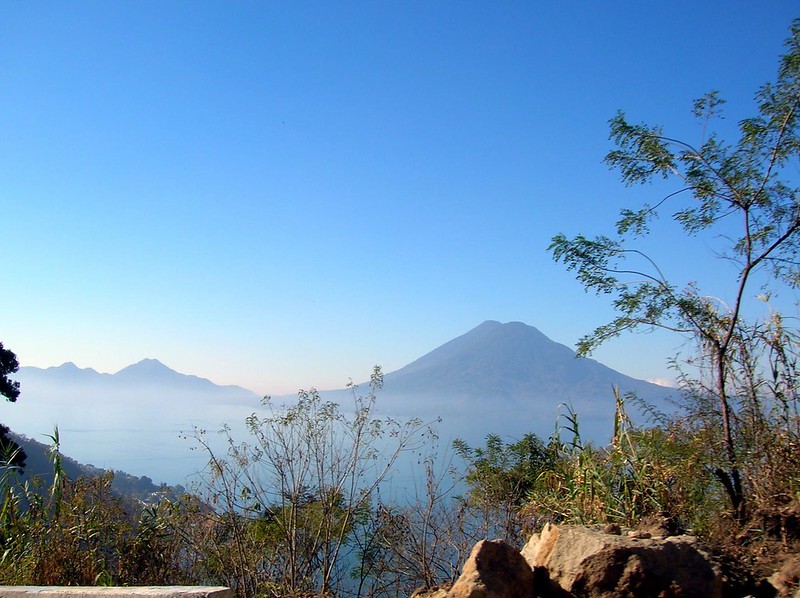
Guatemala comes from the Nahuatl Cuauhtēmallān, which translates to lugar de muchos árboles in Spanish or “place of many trees” in English.
Guatemala’s weather is mild year-round, and that’s one of the reasons it is known as el país de la eterna primavera. The variety of microclimates, animals, and plants in the territory reinforce this nickname.
There are 360 microclimates in Guatemala! In the hottest places—like the coastal areas or Petén—the temperature is not higher than 86ºF (30C) while in the coldest places— like Huehuetenango or Xela— the lowest is around 41F (5C).
Guatemala is home to at least 1,246 species of amphibia, birds, mammals, and reptiles. At least 6.7% of these are endemic and 8.1% are in danger of extinction.
Hand-picked for you: 7 Breathtaking Rainforest Destinations to Explore in Guatemala
A Brief History of Guatemala
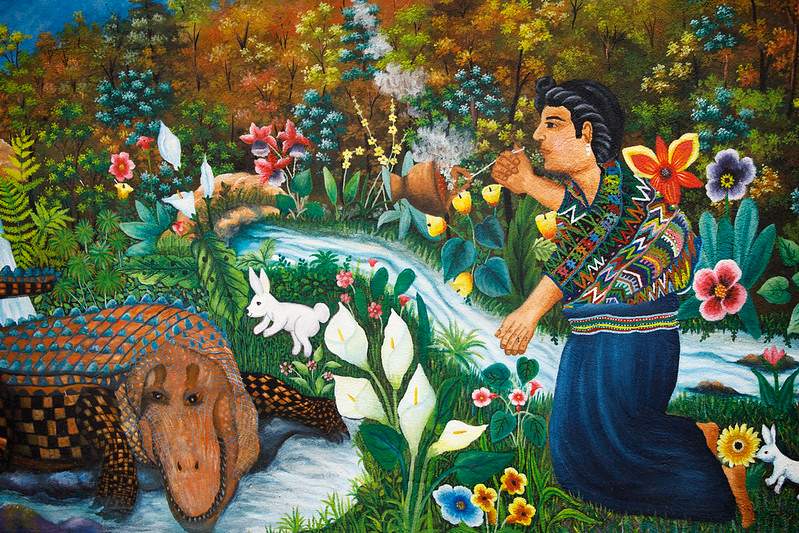
Before being conquered by the Spanish, Guatemala was the heart of the Mayan civilization, which is divided into three periods: preclassic, classic, and postclassic.
Rests and vestiges from these eras exist throughout the country in historical sites like Tikal in Petén, Quirigua in Izabal, and Kaminal Juyú in Guatemala City.
The colonial-era began during the 16th century when the Spanish started expeditions to the “newly discovered” American continent and began the process of conquest and colonization.
Guatemala was an appellate court for Spain in America, a captaincy-general, and part of New Spain (today Mexico). On September 15, 1821 Guatemala, El Salvador, Nicaragua, Costa Rica, and Honduras jointly proclaimed independence from Spain. In 1847, the country declared itself as an independent republic.
The history of this country is as tumultuous as many Latin American countries, with several dictatorships, and a 36-year civil war that ended in 1996.
In terms of democracy and justice, deep-seated corruption continues to affect the country, its people, and it’s economy.
If you are interested in a more in-depth article of Guatemalan history, check this link out.
What to Do in Guatemala
Let’s discover some of the most entertaining and amazing things to do in Guatemala!
Note: Guatemala’s COVID-19 situation is not completely under control, but it is still possible to travel here. Guatemala has a color-coded map system to indicate the level of Covid by department. Masks are mandatory in public places in Guatemala, and most places reserve their right of admission.
Try Culinary Delicacies
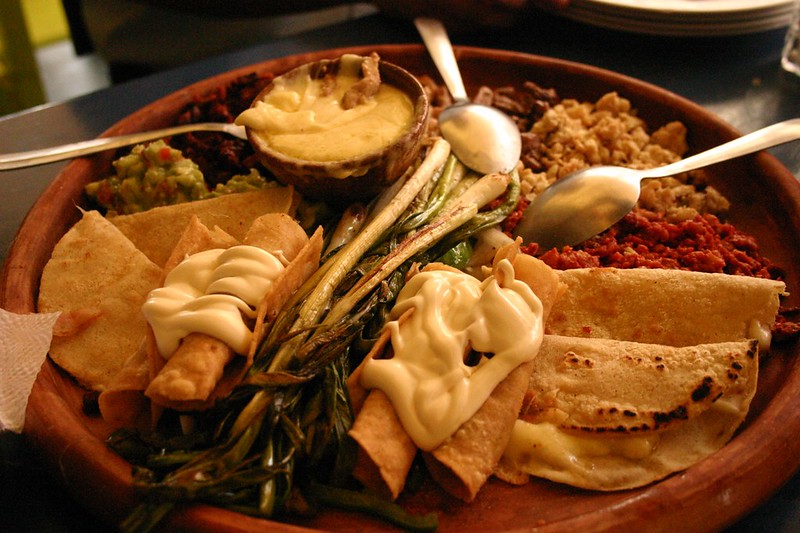
Sweet and savory Guatemalan dishes are delicious! Try these five traditional Guatemalan delicacies on your next visit.
Tamales
Made with corn, rice, or potato masa (dough), this traditional dish is a favorite for every occasion! There are savory, spicy, and sweet tamales.
Hungry for more? Check out 7 Appetizing Guatemalan Tamales you Have to Try.
Corn Atole (Atol de elote)
El atol de elote (corn atole) is an ancient, hot beverage that was drunk by the Mayans. Prepared with corn, cinnamon, and sugar, this delicious beverage is available anytime, anywhere in Guatemala.
Fiambre
This is a traditional dish for Día de Todos Santos (All Saints Day) on November 1st. A combination of cold meats and vegetables, fiambre is unique and wildly popular in Guatemala.
Stuffed Plantains (Rellenitos de plátano)
This traditional dessert is cooked plantain stuffed with beans or custard. It’s perfect to eat with tea or coffee. Los rellenitos are usually sprinkled with sugar on top.
Traditional Candies (Dulces típicos)
If you have a sweet tooth like me, you may want to try traditional Guatemalan candies like canillitas de leches (made with condensed milk), rollitos de guayaba (guanaba rolls), or alborotos (sweet popcorn).
Cultural and Outdoor Activities
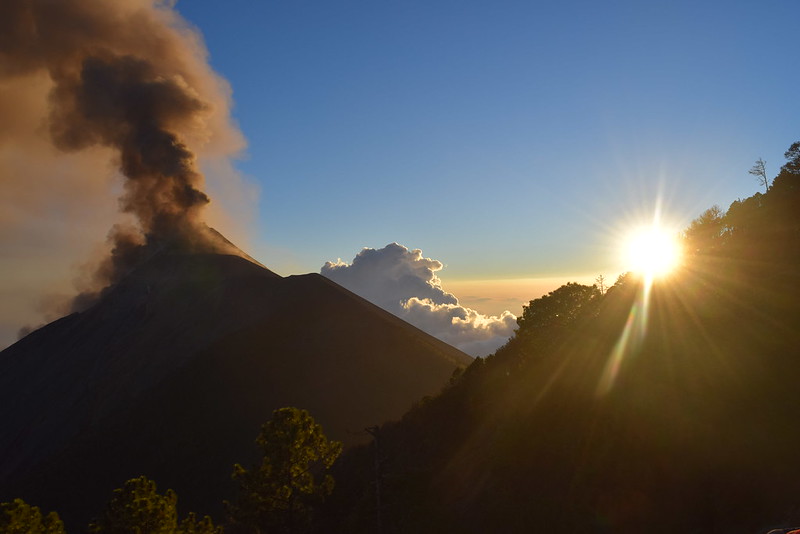
Guatemala is a place full of life and activity, with tons of fantastic cultural traditions and activities.
Witness Semana Santa
Semana Santa (Holy Week) is one of the most important holidays in Guatemala.
When the Spanish conquered Guatemala, they brought their religion with them. Those beliefs mixed with the native cosmovision of the indigenous groups in the area. And Semana Santa (Holy Week) is the perfect example of that syncretism.
If you come to Guatemala in March or April for Semana Santa, you’ll have the opportunity to become part of this tradition by attending procesiones (processions) in Antigua Guatemala.
Hand-picked for you: History and Tradition of Semana Santa in Guatemala
Hike a Volcano
Guatemala has 37 officially recognized volcanoes to visit and hike! Most are dormant, but 8 are active and 4 have the most activity.
If you have time, are in good physical condition, and want to spend a few days on this kind of activity, the Acatenango and Fuego volcanoes are for you. Pacaya and Agua are perfect for a one-day excursion near Antigua and Guatemala City!
Spend the night camping in the volcanoes to reach the summit before sunrise. Some national parks offer packages that include transport, food, and a guide.
Want to learn more? Check out the 27 Most Amazing Volcanoes in Guatemala!
Visit Lake Atitlán
Lake Atitlan is one of the most beautiful and magical places to visit in Guatemala. Take a ferry to the picturesque Mayan villages like Santiago Atitlán and San Pedro la Laguna. Each one has colorful markets, restaurants, churches, and shops. Three volcanoes (Atitlán, Toliman and San Pedro) sit on the lake’s southern shores.
Explore Mayan Ruins
You can’t come to el corazón del mundo Maya (the heart of the Mayan world) and not visit a Mayan archeological site! There are some in Guatemala City, others near it and others far from the city, deep in the jungle.
If you want to go far, Tikal, Yaxhá, and Quirigua are your perfect destinations. The first two are in Petén and the latter in Izabal. All three are in tierra caliente (hot land) so you can expect hot, humid weather and rain.
If you prefer mild, cooler weather, tour the ancient sites of Iximché in Chimaltenango and Zaculeu in Huehuetenango.
Be Part of a Posada
Las posadas are small get-togethers that are traditional at Christmas time. A group of friends and family recreate how Jesus’ parents searched for a place to stay in Bethlehem.
During a posada, people walk around with a Nativity scene while singing traditional songs. Once they reach the designated house, the host offers treats like tamales and hot chocolate.
Practice Your Spanish Before Traveling to Guatemala!
Learning Spanish to travel in Spanish-speaking countries is a splendid way to connect with the locals without a language barrier. By becoming bilingual, you also improve your cognition and decision-making abilities and can even earn more money. Sign up today for a free Spanish class with our certified, native-speaking Guatemalan teachers at Homeschool Spanish Academy. Check out our programs and take a peek at our affordable prices!

Ready to learn more about Guatemala and Latin America? Check these out!
- French vs Spanish: 7 Reasons Spanish Could Be a Strong Long-Term Investment
- 7 Creative Ways to Maintain Spanish Fluency at Home — Perfect for Elementary Kids
- The Best Spanish Learning Podcasts for Kids
- Raising a Bilingual Child: 10 Must-Have Resources Every Parent Needs
- 5 Proven Strategies to Help Your Middle Schooler Excel in 1-on-1 Online Spanish Classes
- 10 Expert Tips to Keep Your Middle Schooler Motivated in Online Language Lessons
- 5 Fun & Easy Spanish Activities to Do at Home with Your Preschooler
- The Best Spanish Learning Apps, Books, and Games for Kids
- An Easy Vocabulary Guide to Describe the Post Office in Spanish - February 10, 2023
- Guatemala’s Biggest, Most Colorful Market: Chichicastenango - December 28, 2022
- 8 Sad Spanish Songs for When Your Heart Is Broken - December 6, 2022




